清华师生眼里,平潭蓝的N种模样
2025-07-24 20:34:50 来源:清新国新21日,清华大学新闻学院2024级国际新闻传播硕士生一行走进福建平潭,开启一场跨越千年的参访调研。从壳丘头遗址的史前文明密码,到国际游艇码头的闽台融合实践,再到68海里的两岸深情地标,师生们循着历史足迹与时代脉络,探寻平潭连接大陆与海洋、串联过去与未来的独特印记,感受中华文明的传承延续与闽台血脉的相依相连。
清晨的第一站,师生们来到了壳丘头遗址博物馆。壳丘头遗址群是我国东南沿海地区迄今发现最早的新石器时代贝丘遗址之一,也是福建迄今发现最早的新石器时代遗址。壳丘头遗址群近年来的相关考古成果,建立起了我国东南沿海岛屿地区距今7500—3000年考古学文化序列。
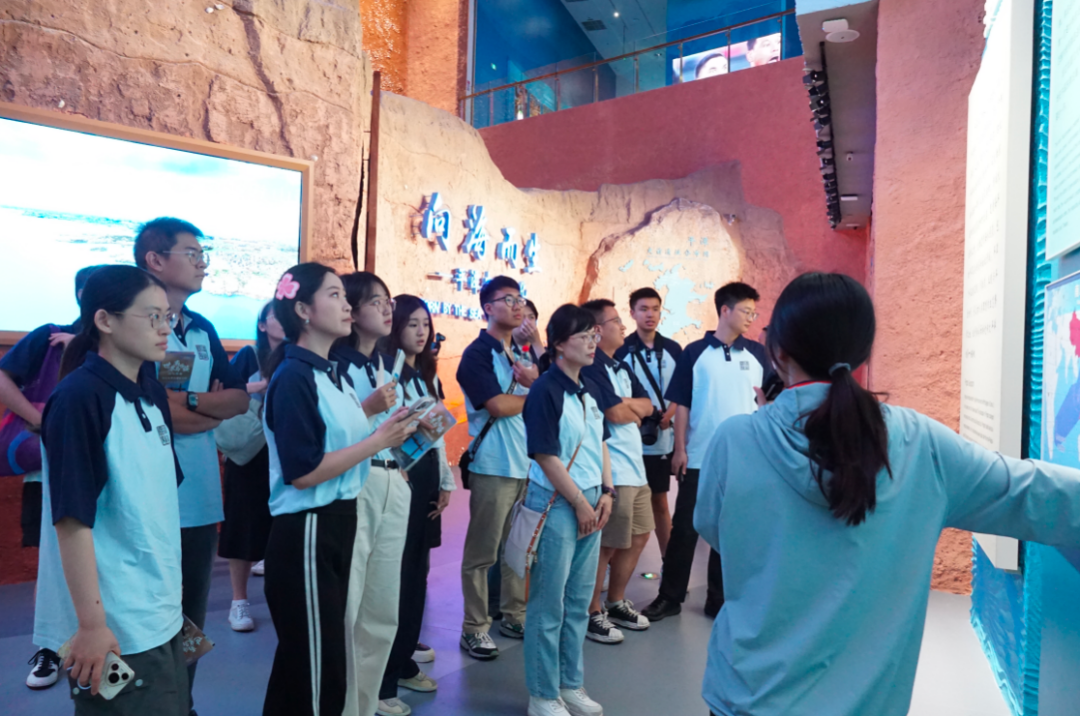
在“平潭史前文化”展厅,南岛语族的起源与扩散轨迹尤为瞩目:展品中台湾大坌坑文化与壳丘头文化的高度相似性,成为两岸同根同缘的坚实历史佐证。据考证,距今6000年前,南岛语族的祖先从中国大陆东南沿海迁徙至台湾岛,而后其文明辐射至广阔海域,如今南岛语系已北起中国台湾岛、南抵新西兰、西至马达加斯加、东达复活节岛,涵盖1200多种语言,使用人口超4亿。
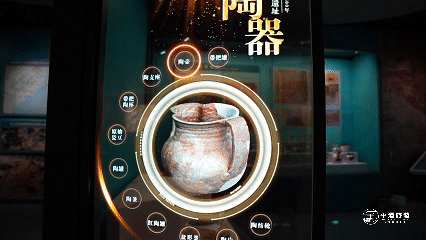
第一展厅:向海而生——平潭史前文化
后两个展厅则全方位铺展南岛语族的航海智慧与艺术瑰宝。通过两则历史影片,师生们深入了解到,作为中华文明最早的海洋实践者,南岛语族凭借勇气与智慧在从东南沿海到南太平洋诸岛的广袤海域落地生根,创造了各具特色的海洋文化,这既是中华民族与世界海洋文明深度探索融合的见证,更彰显了中华文化的恒久魅力与坚韧韧性。
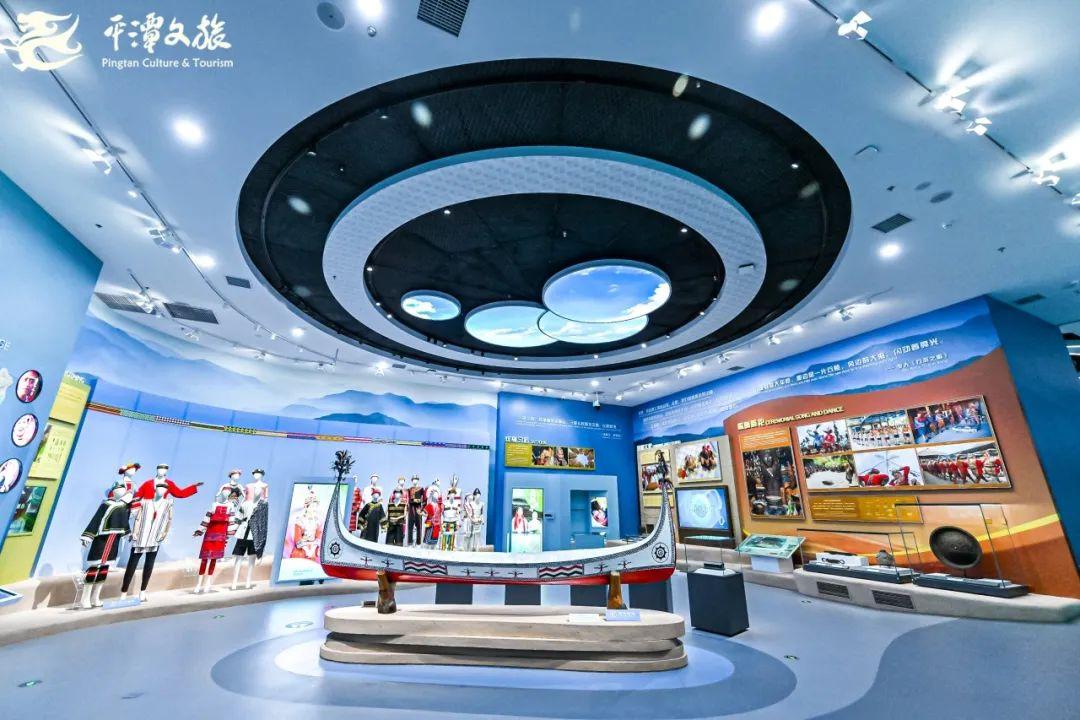
第二展厅:风好扬帆——南岛语族航海术与文化
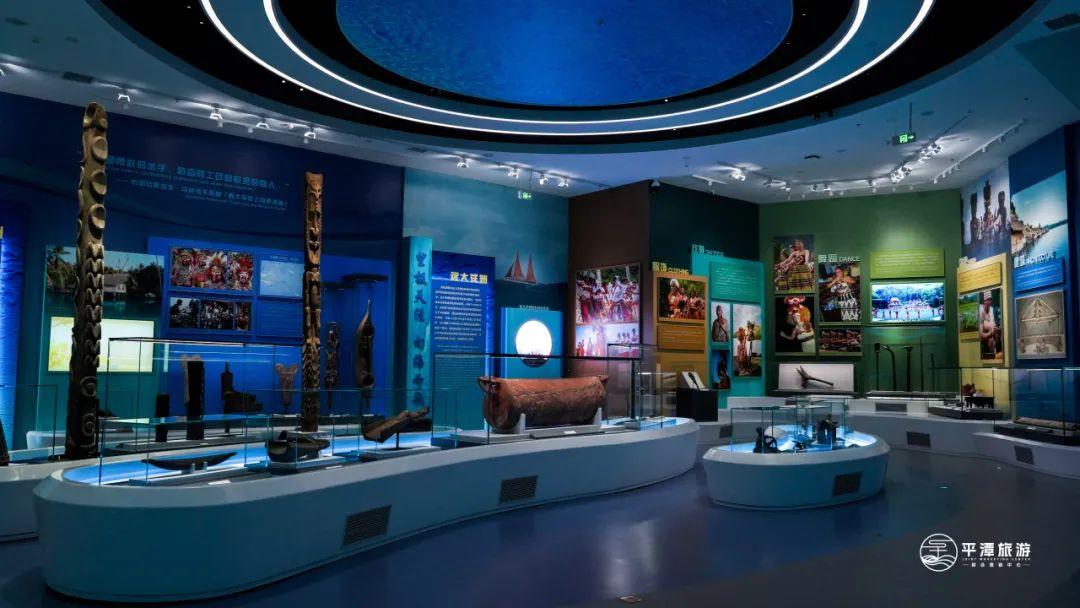
第三展厅:南岛艺韵——宝尔博物馆珍藏
随后,师生们步行至博物馆旁的龟山遗址考古发掘现场与国际南岛语族考古研究基地。在龟山遗址,一处堆积着大量陶瓷碎片的区域引起关注,国际南岛语族研究院院长范雪春介绍,这正是距今3500至3000年间先人祭祀留下的痕迹,让史前文明的温度触手可及。
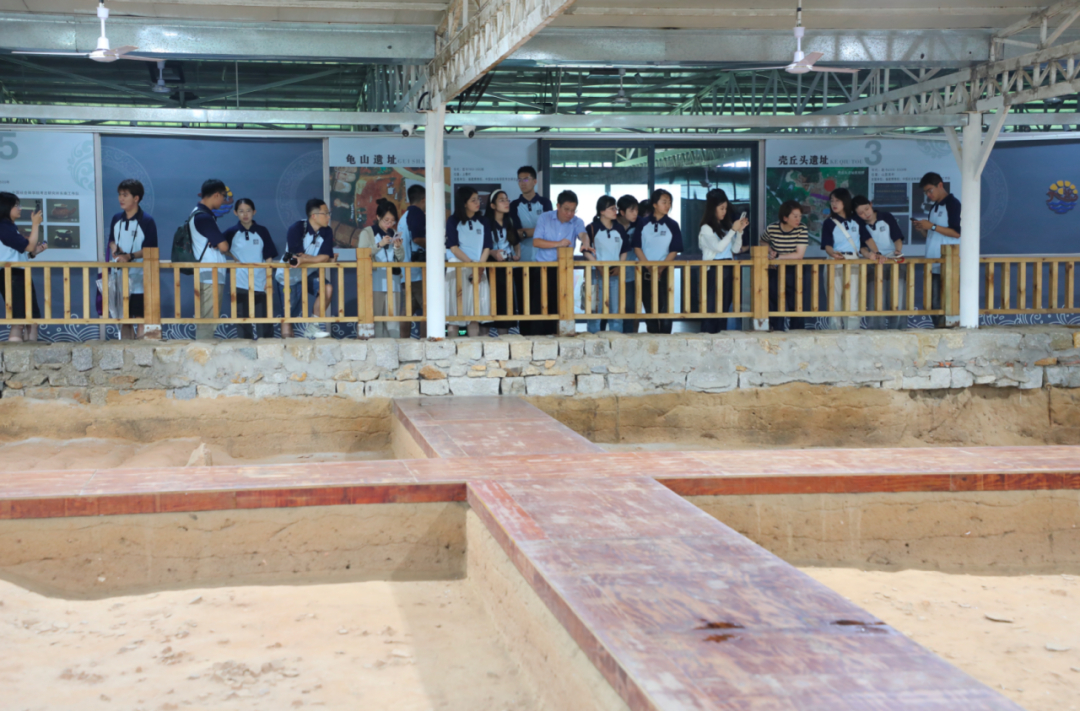
实地走访与交流探讨中,师生们愈发清晰认识到研究南岛语族的当代价值:深挖平潭考古文化资源,梳理南岛语族起源与扩散史,探寻两岸根脉渊源,将助力提升社会各界乃至国际社会对南岛语族文化起源的认知。
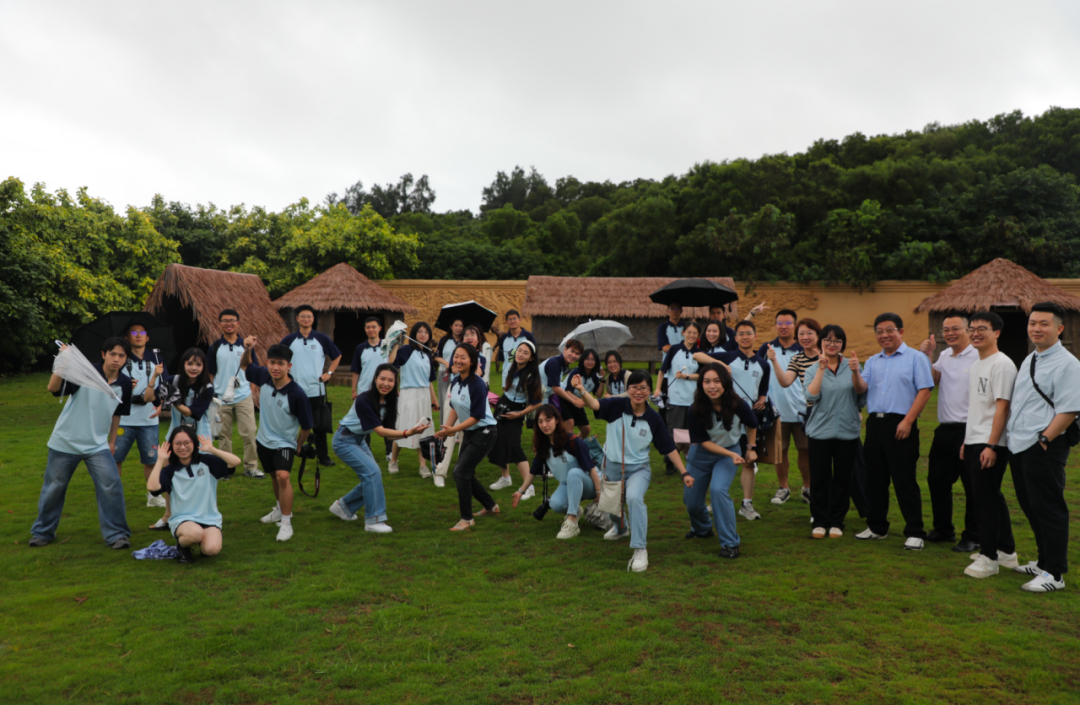
午后,调研队伍来到平潭22号国际游艇码头——平潭游艇产业布局的首个项目。据工作人员介绍,码头规划建设89个泊位,目前已建成49个,其中17个为对台专用泊位。以“海上休闲运动超市”为核心理念,码头开发了水上泳池、潜水体验、水上飞人等热销项目,推动游艇运动走向大众化,业态日趋成熟。
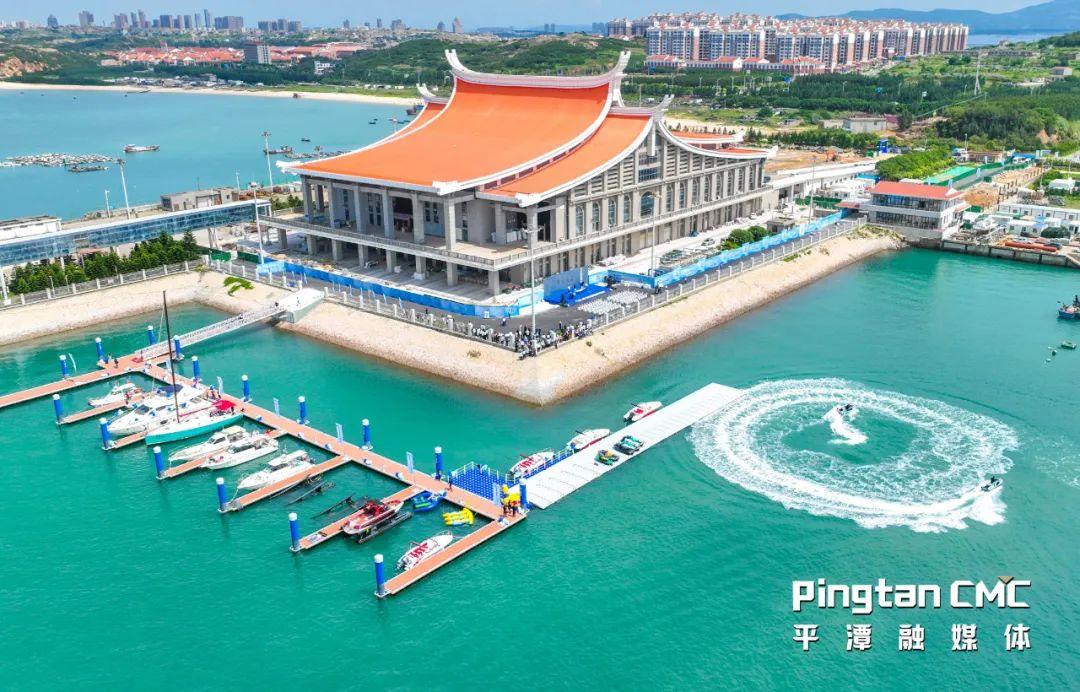
在实地探访55尺双层游艇后,师生们与平潭和风游艇有限公司总经理郑志良座谈交流,进一步了解到码头不仅丰富了平潭文旅业态,更成为闽台融合发展的生动注脚:码头与台湾嘉信集团在先进制造技术引进、游艇俱乐部登记备案等方面合作密切;不远处,两岸渔业及休闲船舶港口修造中心正加速建设,传递出平潭在推动两岸游艇旅游产业融合、深化闽台交流中久久为功的坚定决心。
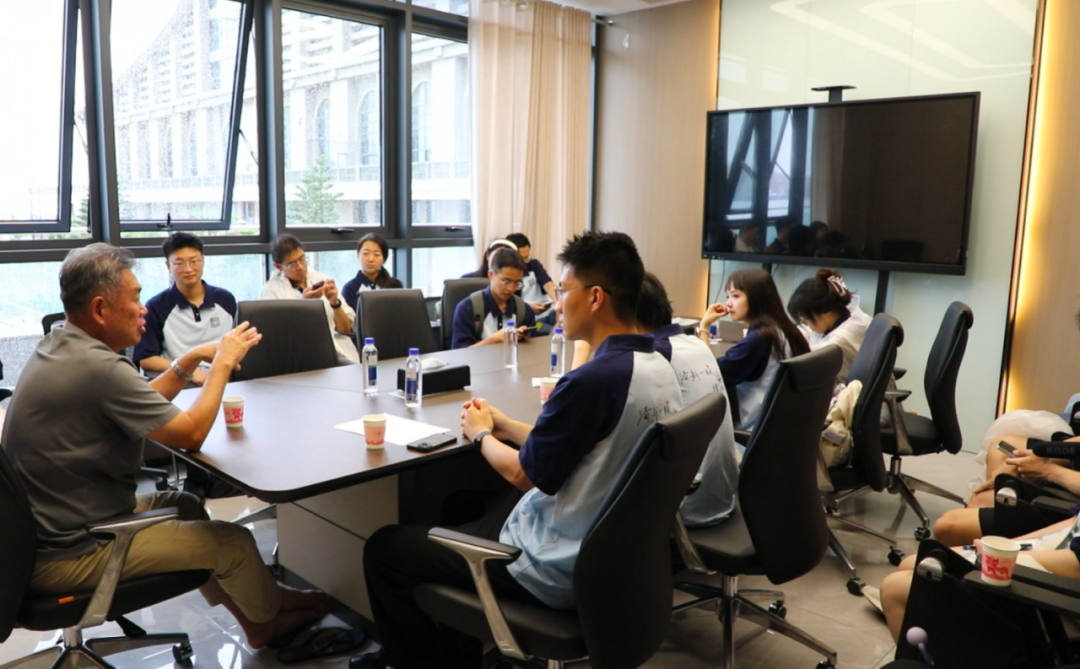
海岛气候多变,调研的最后一程,师生们冒雨来到68海里景区,体悟平潭“以旅促融”的鲜活实践。位于平潭东澳村的68海里景区,与台湾新竹南寮渔港相距仅68海里,是祖国大陆距离台湾本岛最近的地方。围绕这一地理坐标,平潭串联猴研、研后、限山三大主岛,融合展览、展演、交流、销售等多元业态,让68海里的地理意义转化为践行“两岸一家亲”愿景的文旅力量。漫步海峡之眼、两岸同心石、望归石等景点,师生们对余光中笔下的“乡愁”有了更真切的体悟,对两岸一衣带水、血脉相连的深厚情谊感触尤深。
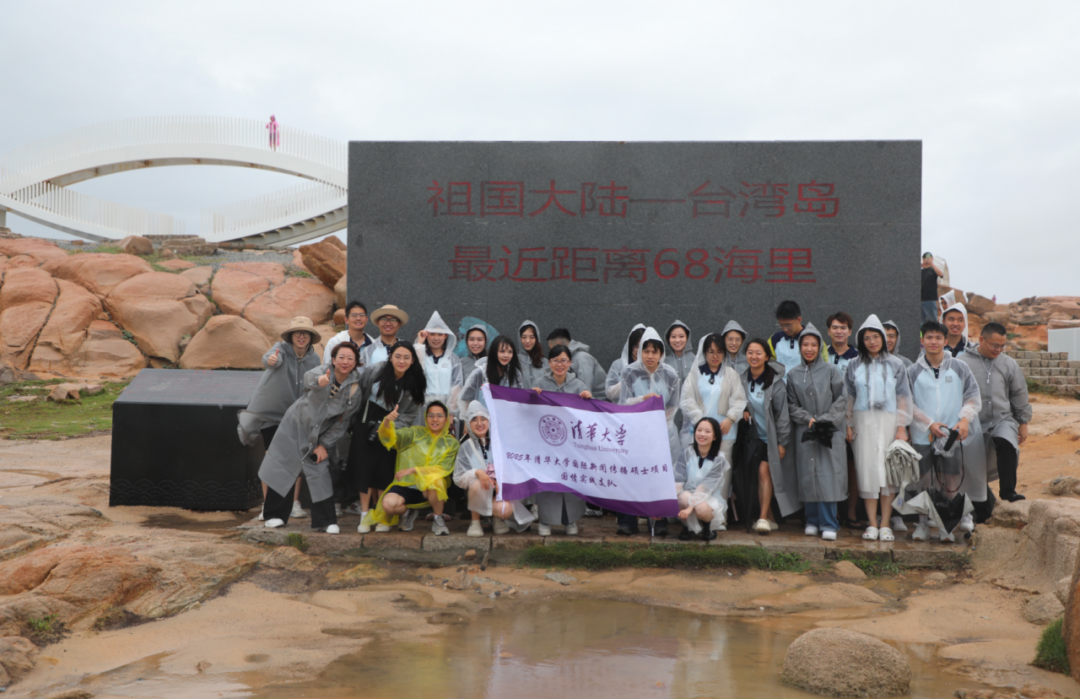
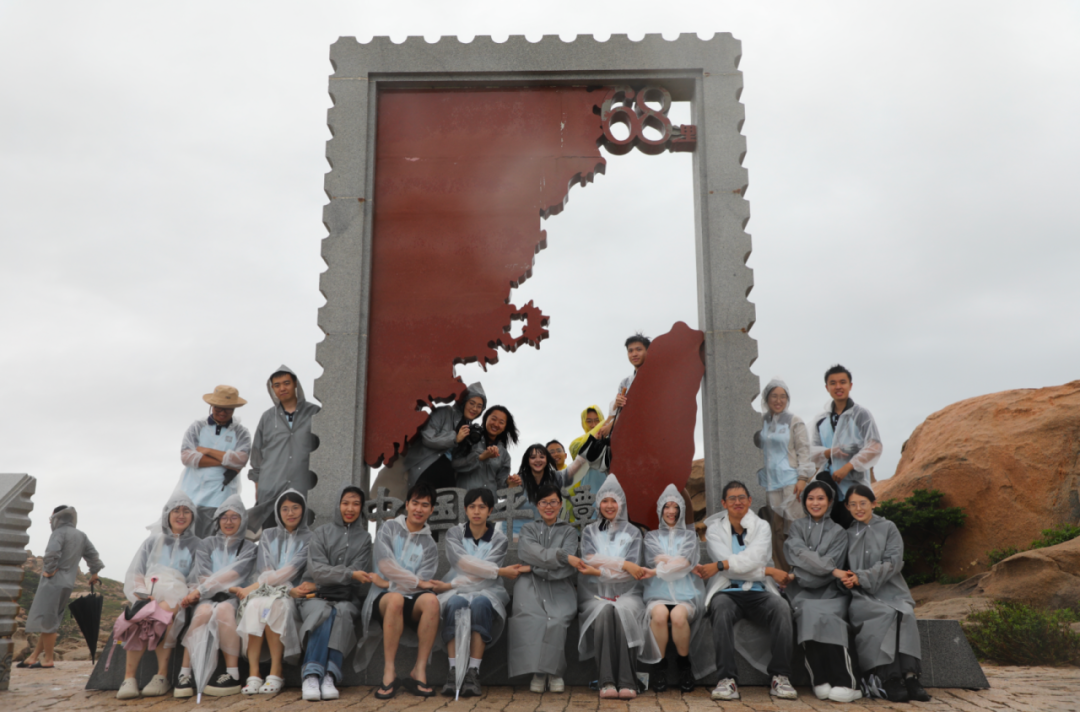
从史前时代的文化交融到现代文旅的相融相通,此次调研中,同学们既记录观察,更深入思考:如何接过南岛语族先人与当代前辈的“接力棒”,让两岸血脉相连、融合发展的故事传播得更远更广?
平潭的故事
总在不同视角里
生长出别样的光泽
接下来
不妨跟随清华师生的镜头
看看他们眼中的平潭
藏着怎样的惊喜与深意
↓↓↓
01
Born by the Sea——Pingtan Prehistoric Culture
From Taiwan to Hawaii, from New Zealand to Easter Island! What if I tell you ALL these places share the SAME ancient language family?
Meet the AUSTRONESIANS–the sea nomads who conquered HALF THE PACIFIC!
And guess where their wild journey STARTED?
RIGHT HERE in the region that includes Pingtan!
向海而生——平潭史前文化
从台湾到夏威夷,从新西兰到复活节岛!要是告诉你所有这些地方都属于同一个古老的语系,你会怎么想?
来认识一下南岛语族——驰骋太平洋的海洋先民!
猜猜他们这段波澜壮阔的旅程是从哪里开始的?
就在这片包含平潭在内的区域!
02
Austronesians' "Facebook”
These interesting faces are not just emojis, but the Austronesians' medium for communicating with the gods.
In ancient times, the ocean was often associated with “danger” and “fear.” Humans felt their smallness in the face of nature, so they turned to the gods for protection.
Austronesians carved their respect for ancestors and nature into everyday items—masks, coffin locks, house ladders, etc. These creative, face-themed carvings played a key role in traditional ceremonies.
From Fujian to the Pacific, maritime spiritual traditions—whether honoring ancestors, nature, or sea deities—reveal how shared oceanic roots connect these cultures.
From Pingtan to the Pacific Islands, the seas have always woven the world together.
南岛语族的“社交平台”
这些有趣的面孔不只是表情符号,更是南岛语族与神灵沟通的媒介。
在古代,海洋常常与“危险”和“恐惧”相连。人类在大自然面前感到自身的渺小,于是向神灵祈求庇护。
南岛语族将对祖先和自然的敬畏,刻在了面具、棺锁、房梯等日常器物上。这些富有创意的、以面孔为主题的雕刻在传统仪式中发挥着重要作用。
从福建到太平洋,无论是祭祖、自然崇拜还是海神信仰,这些海洋精神传统揭示了同源文化如何被海洋紧密联结。
从平潭到太平洋群岛,大海始终是编织世界的纽带。
03
Pingtan archaeologist debunks Lai's false narrative
In a recent political address dubbed the “Ten Talks on Unity,” Taiwan leader Lai Ching-te claimed that Taiwan had "always possessed an independent ecosystem" and was the “origin of Austronesian culture.” His remarks have sparked strong criticism from historians and archaeologists across the Taiwan Strait.
Fan Xuechun, director of the Pingtan International Austronesian Research Institute, called Lai’s claim “absurd and ignorant.” Those animals lived on the mainland—mammoths in the cold climates of the northeast, and the milu deer living along the Huaihe River. These creatures, along with ancient humans, migrated south during the ice age, eventually reaching the Taiwan region. “He has no understanding of paleogeography or ancient life,” Fan added.
平潭考古学家驳斥赖清德的错误言论
在最近一场所谓“团结十讲”的政治讲话中,台湾地区领导人赖清德声称台湾“始终拥有独立的生态系统”,并且是“南岛语族文化的起源”。他的言论引发了两岸历史学家和考古学家的强烈批评。
平潭国际南岛语族研究院院长范雪春称赖清德的说法“荒谬且无知”。那些动物都生活在大陆——猛犸象生活在东北的寒冷气候中,麋鹿生活在淮河流域。在冰河时期,这些动物与古人类一同南迁,最终抵达台湾地区。范雪春补充道:“他对古地理和古生物学没有任何了解。”
04
在平潭,探秘龟山遗址最真实的考古现场
In Pingtan, Fujian Province, there is a prehistoric relic, Guishan, more than 3,000 years old, which connects the mainland and the sea, the past and the future. The cultural relics awakened from their slumber not only record the footprints of the Austronesian civilization's journey to the sea, but also carry the historical imprint of the shared origin across the Taiwan Strait. Let's follow the camera and get closer to the most authentic archaeological site!
在福建平潭,沉睡三千年的龟山史前遗址如一把时空密钥,连接大陆与海洋、往昔与未来。这些苏醒的文物,既铭刻着南岛语族扬帆远航的足迹,也承载着海峡两岸同根同源的历史印记。跟随镜头,一起触摸最真实的考古现场!
05
写信告诉我,平潭岛的“泪”是什么颜色
Chase "Blue Tears"
在平潭“追泪”
这首《Chase "Blue Tears" 》(《在平潭“追泪”》),是清华国新学生基于加拿大男歌手The Weeknd与美国女歌手Ariana Grande合作的热门单曲《Save Your Tears》重新填词演唱的作品,聚焦福建平潭蓝眼泪景观。歌曲不仅描绘了蓝眼泪美景,还提供了观赏指南,解释了其形成原因。此外,作品深入挖掘蓝眼泪的文化内涵,借荧光海浪转瞬即逝、潮起潮落无常变幻,倡导人们珍惜当下时光,并向观众发出“美景不等人,启程来平潭”的邀约。希望通过这种文化融合形式,提升平潭蓝眼泪的国际知名度。
歌词
I saw you wading by the moonlit sea,
Your footprints glowed in waves sapphirine.
But when the tides
swept through your open hands,
A trail of blue tears1 faded on the sand.
Pingtan Island, a dreamy place,
Fleeting blue lights took my heart away.
Time and tides still refuse to stay,
Why don‘t we seize the moment?
Chase blue tears in a summer day2.
Chase blue tears in a summer day.
Decide on a warm and windy afternoon,
Wait till it's dark, chasing the neon blue3.
The algae bloom like dust of galaxies4,
Yet dawn dissolves it into memories.
Don't hesitate, don't look away.
Come here,
Why not step into the blue embrace.
How far will it take?
Wake in dreams, like Life of Pi.
Glittering Stars, Cinderella.
Ebbs and flows, teardrops never waits.
What's transient is called romance.
Chase blue tears in a summer day.
Chase blue tears in a summer day.
[1]"Blue tear" is a colloquial term for bioluminescent plankton or algae that glow blue in the water.
[2] The prime time to chase blue tears is between April and July, when the temperature is about 20 degrees Celsius in late Spring and early Summer.
[3] It’s suggested to chase blue tears from 9 pm to 12pm, especially when the tides begin to ebb and flow.
[4] The blue lights come from some algae and also"haiying" (sea fireflies), a type of plankton.
从北京到平潭
别人口中的故事
与自己脚下的旅程
不过隔着一张车票的距离
来平潭吧
让那些辗转听闻的风景与传说
在你踏足的瞬间
都变成真实可触的遇见

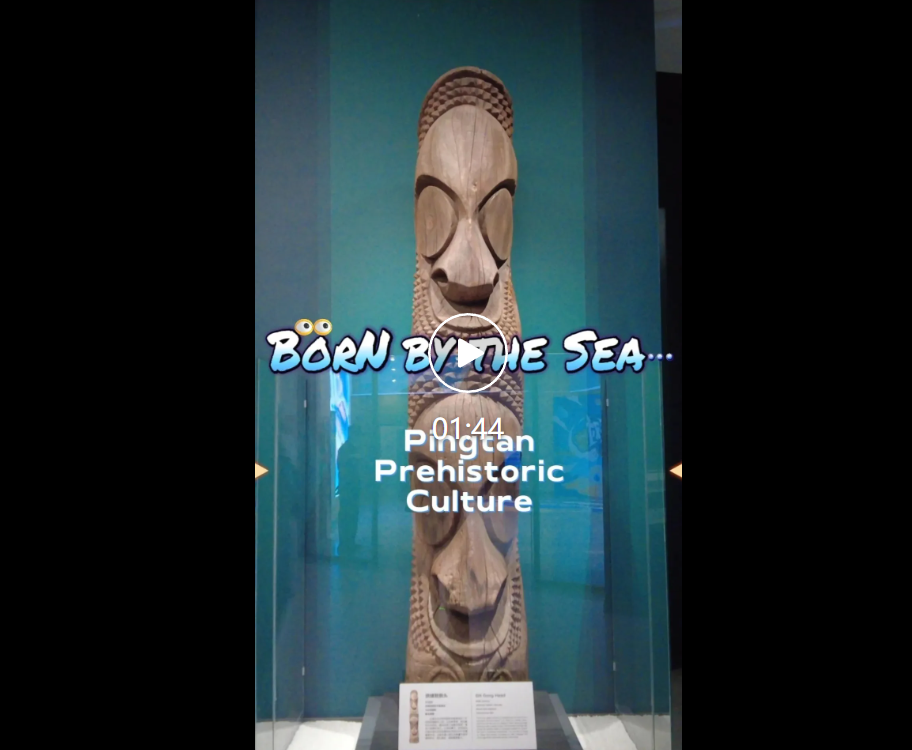
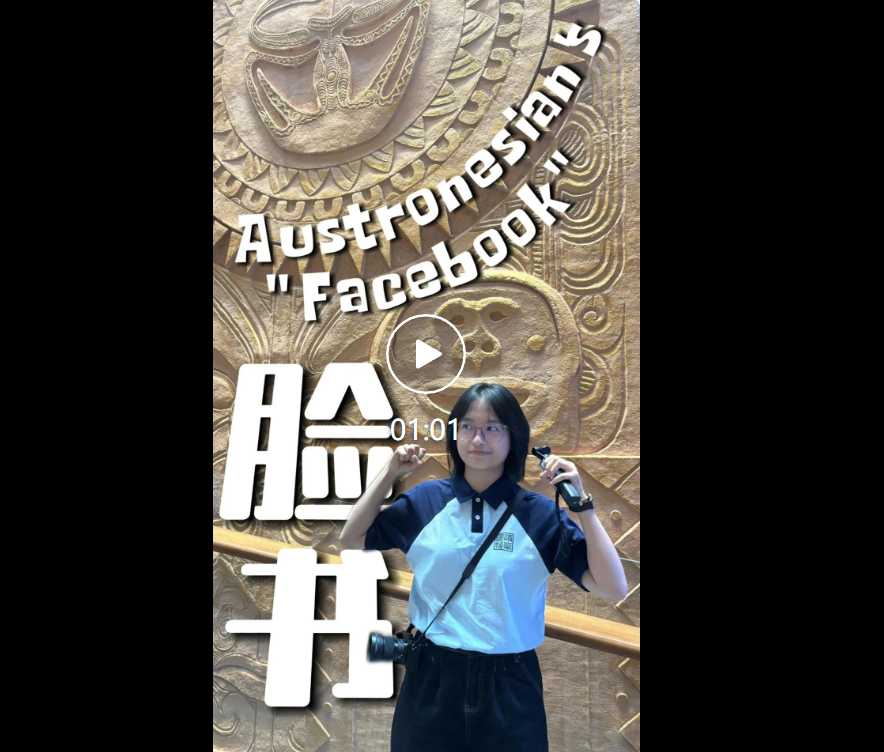
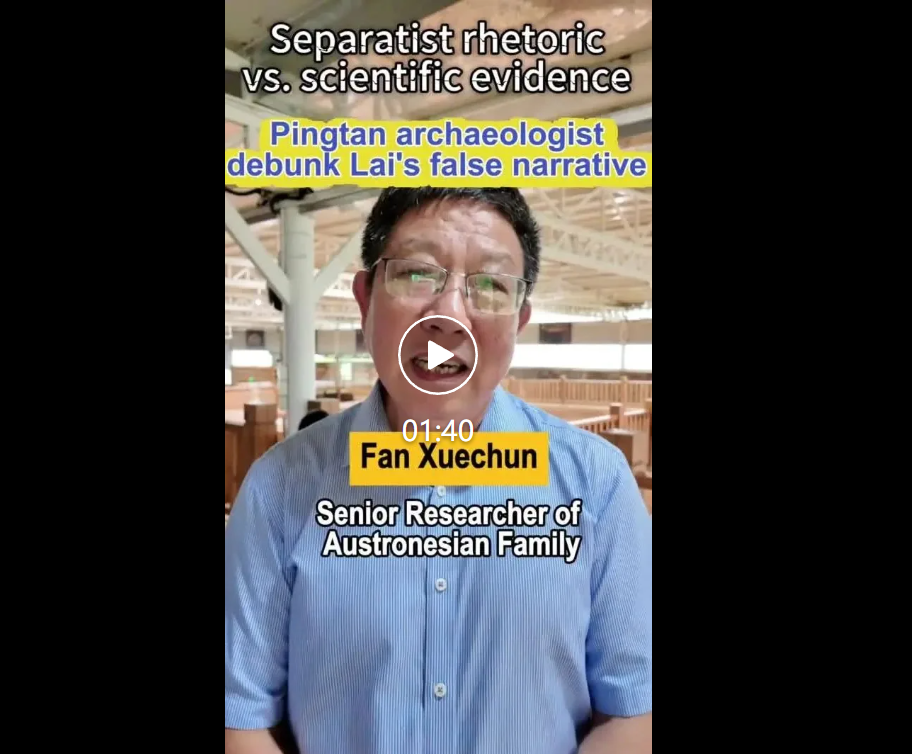
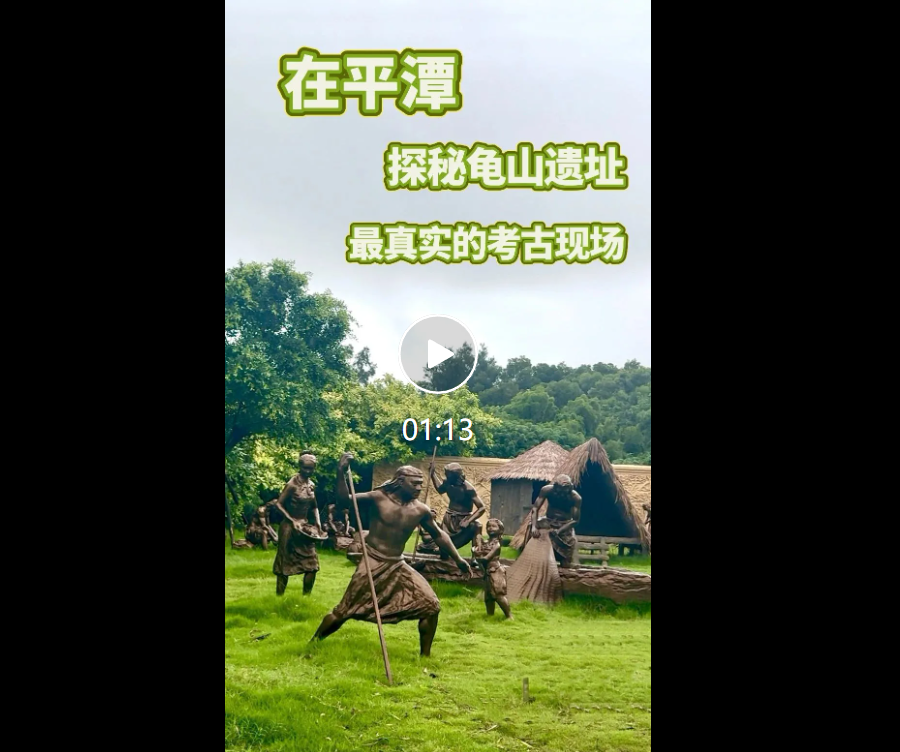
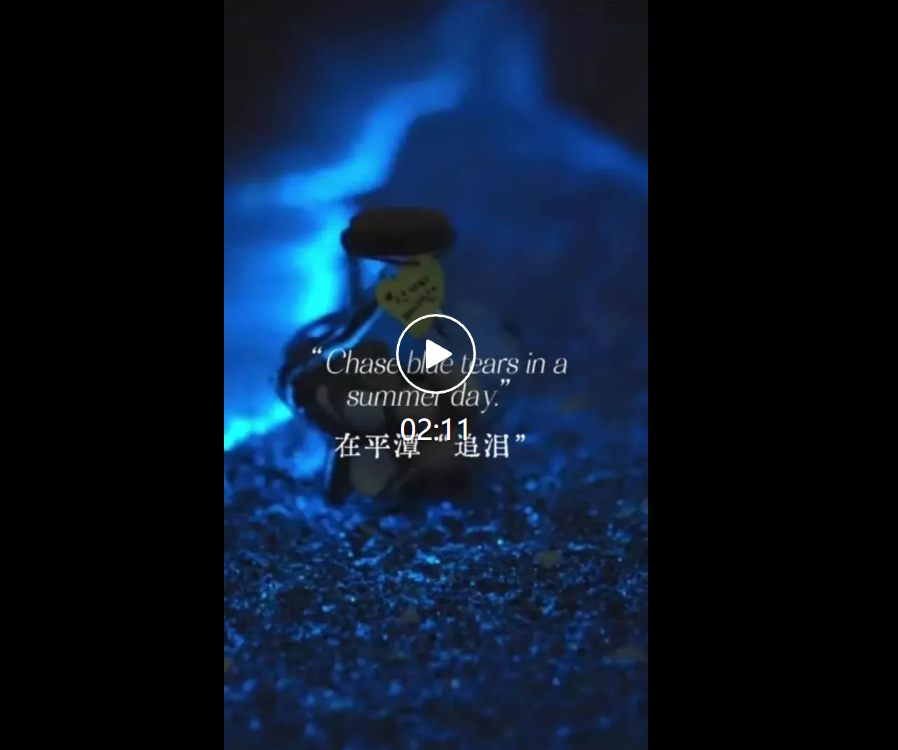


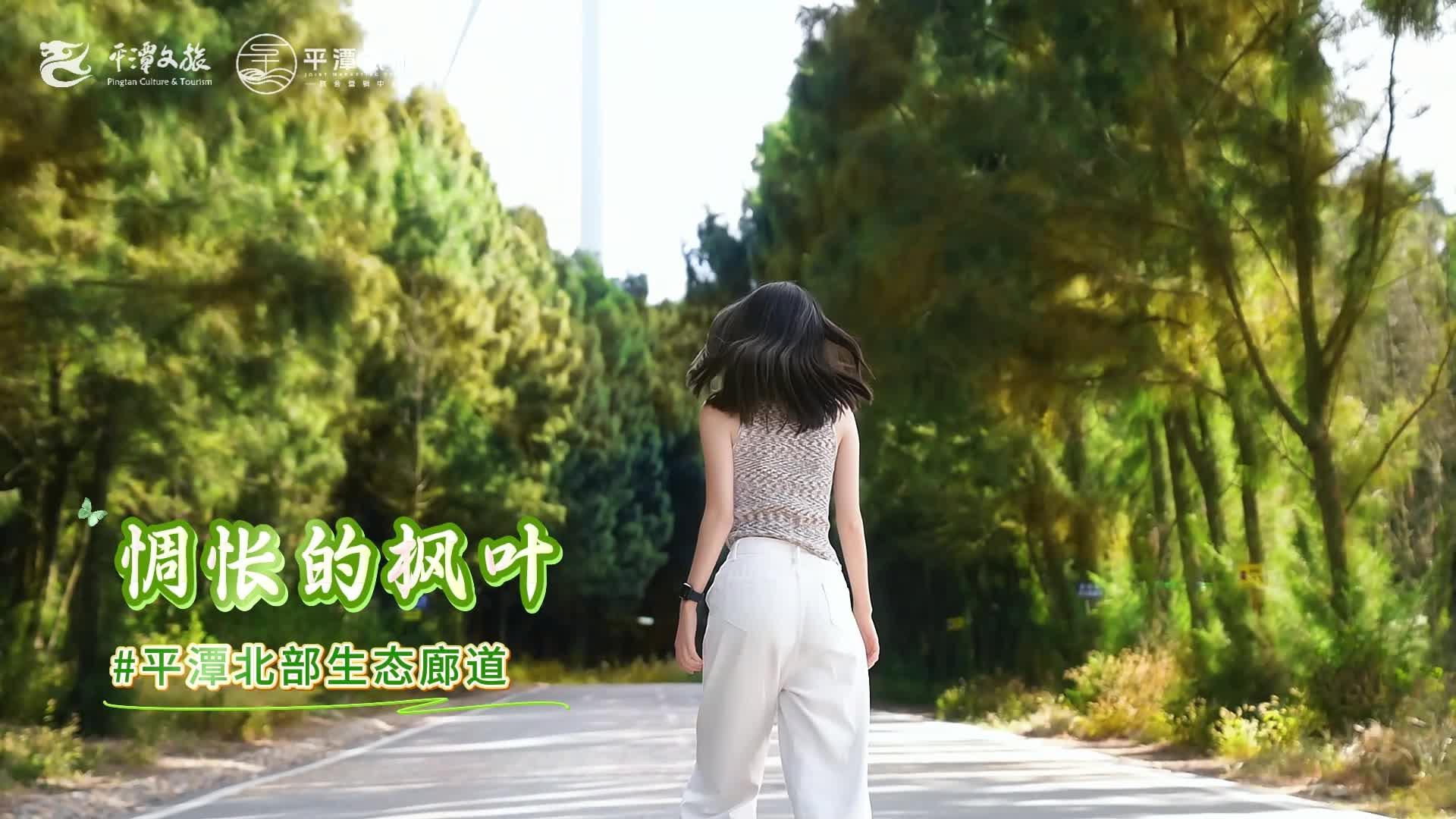
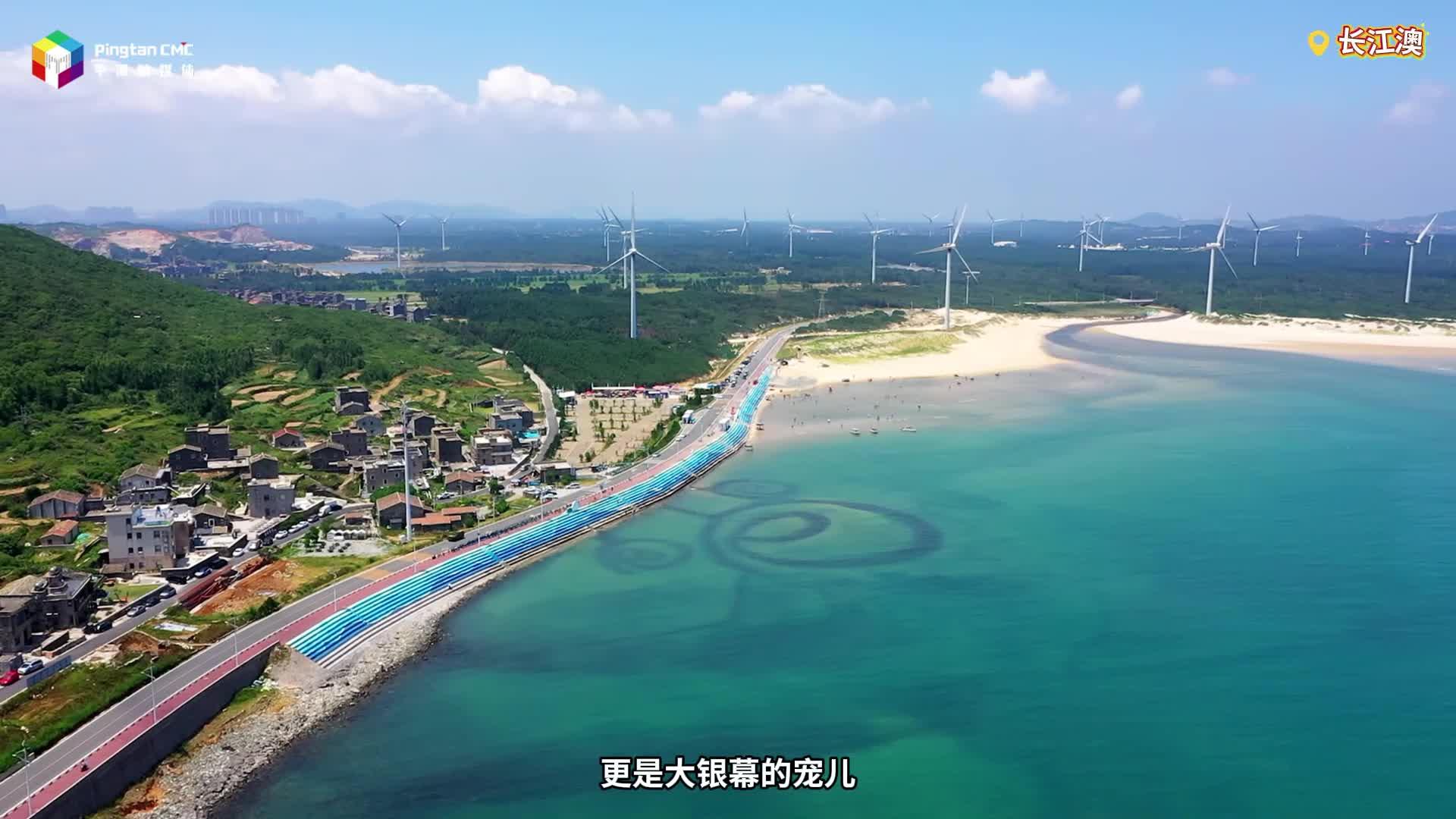
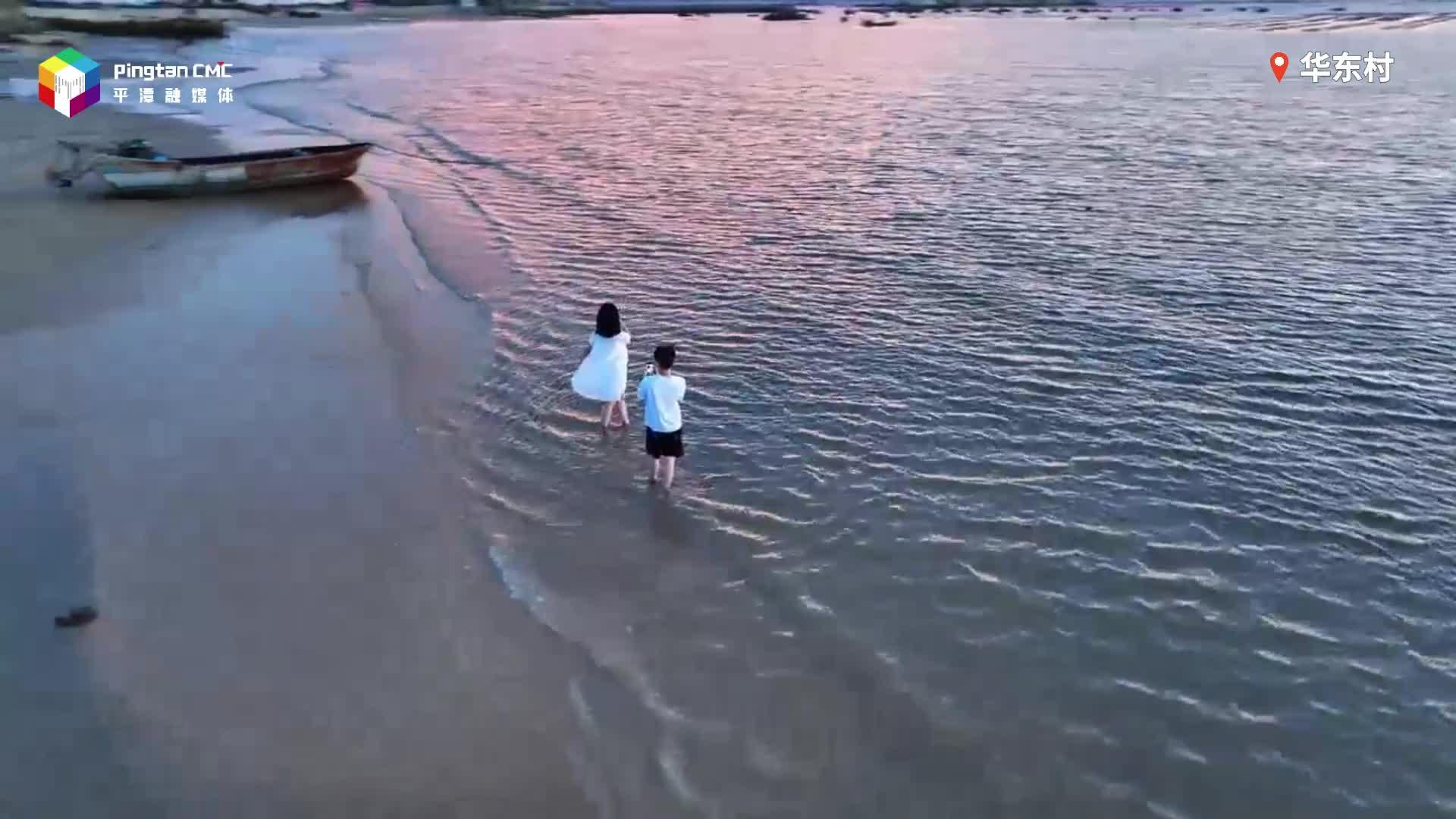


最热评论